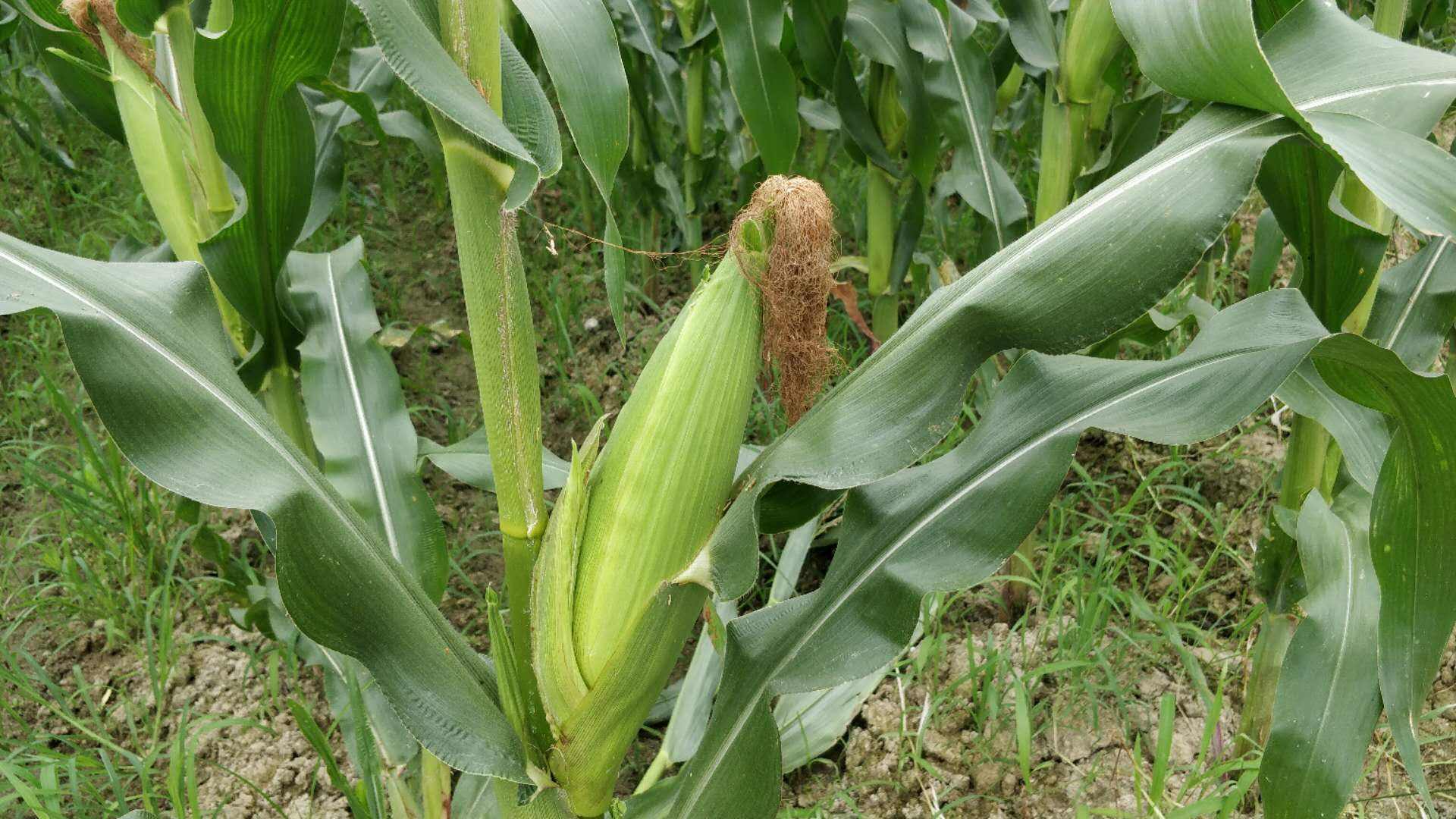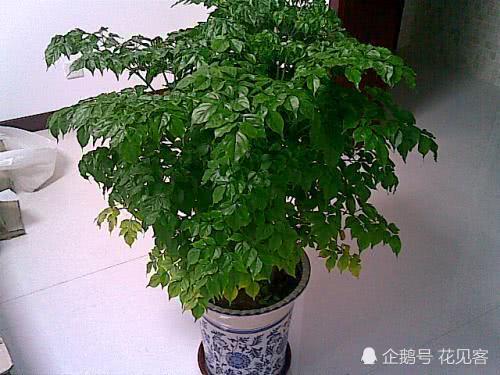The harmful grass in the corn field used to be hated by farmers. It is now worth more than corn and makes more money.

There are many weeds growing on the edge of the fields in rural areas. in fact, most peasant friends hate those growing on the edge of the fields. after all, these weeds will affect the growth of crops, especially some weeds that are particularly difficult to get rid of. Herbicides can not get rid of them, giving many farmers who cultivate land a headache. Below, the author introduces such a kind, it is very difficult to get rid of weeds, used to be a major "harmful grass" in the countryside, but now it has become popular in the eyes of some farmers.
Speaking of this kind of weed, it is very common in rural fields. It is almost found in rural areas of all provinces and cities in our country, and it especially likes to grow in farmland, especially in corn fields, where it often grows. And this kind of weed is also very difficult to get rid of. It can be said that it is deep-rooted. As long as it is not clean at all, it will grow into pieces in the coming year and continue to harm corn and other crops.
Therefore, many peasant friends have sealed it as the "king of harmful grass", which shows how much farmers hate it. This kind of weed is "sedge". In my hometown, it is also called local vanilla, pig hair green, trigonous grass.
Perhaps many friends who have lived in the countryside should have seen sedge, should know that this weed, many people hate, but perhaps many people do not know, although this sedge is very abominable, but its value is very high.
In the past, I often went to the fields to help my parents mow the grass, so I hated this weed very much, but when I went to break corn in my third uncle's cornfield a few days ago, I found that every ridge in the cornfield was covered with sedge. I was very curious why the third uncle didn't get rid of them. "Don't underestimate these sedges, they are now of high value and make more money than corn," he said.
After understanding, it is learned that this grass is still a very good traditional Chinese medicine.
Like the author, many friends should be curious about the value of this sedge. How can it be better than the price of corn?
In fact, the value of sedge lies in its medicinal value. The stems, leaves and roots of sedge have medicinal value.
According to the third uncle, the stems and leaves of this sedge have the effects of invigorating qi and invigorating depression, expelling wind and relieving itching, wide chest and promoting phlegm, and can be used for chest tightness, rubella itching, carbuncle swelling and other symptoms. Its root is called "Xiangfuzi" in traditional Chinese medicine, which has the effect of soothing the liver and relieving depression, regulating qi width, regulating menstruation and relieving pain. it can be used for liver depression and qi stagnation, chest pain, hernia pain, breast pain, spleen and stomach qi stagnation, irregular menstruation and other symptoms.
It is also because of these values that Cyperus and aconite are very popular in the traditional Chinese medicine market, so the third uncle will interplant aconite in the cornfield. as long as it is taken care of, not only corn can be harvested, but also sedges and aconite can be harvested. Third uncle said that if the benefit is good, the annual income of this aconite can reach more than 6000 yuan, which can be regarded as a double harvest.
At present, it is not easy for farmers to cultivate land, and what they fear most is that natural disasters affect the harvest, so they can only think of more ways to interplant other "cash crops."
Dear friends, do you know anything about sedges and aconite? What other weeds do you know that have the same value and can be interplanted with crops? Welcome to leave a message and exchange!
- Prev

In this way, the happiness tree has luxuriant branches and blossoms full of happy flowers, which are big and fragrant.
Happiness tree, also known as bean tree, because of its beautiful shape, elegant posture, luxuriant branches and leaves, lush, and large flowers, almost every branch has inflorescence, in each inflorescence there are many flowers blooming at the same time, like a golden flower belt.
- Next

Honey, if you insist on not sharing bowls and chopsticks with your mother-in-law, then let's get a divorce.
(from readers, pictures from the Internet) honey, if you insist on not sharing bowls and chopsticks with your mother-in-law, let's get a divorce. I think love doesn't need to be formal, but rational. Any blind and impulsive behavior is the most.
Related
- Wuhan Hospital Iron Tree Blooming Result Was Instantly Frightened by the Gardener Master
- Which variety of camellia is the most fragrant and best? Which one do you like best?
- What is the small blue coat, the breeding methods and matters needing attention of the succulent plant
- Dormancy time and maintenance management of succulent plants during dormancy
- Minas succulent how to raise, Minas succulent plant pictures
- What are the varieties of winter succulent plants
- How to raise succulent plants in twelve rolls? let's take a look at some experience of breeding twelve rolls.
- Attention should be paid to water control for succulent plants during dormant period (winter and summer)
- Watering experience of twelve rolls of succulent plants
- Techniques for fertilizing succulent plants. An article will let you know how to fertilize succulent plants.

